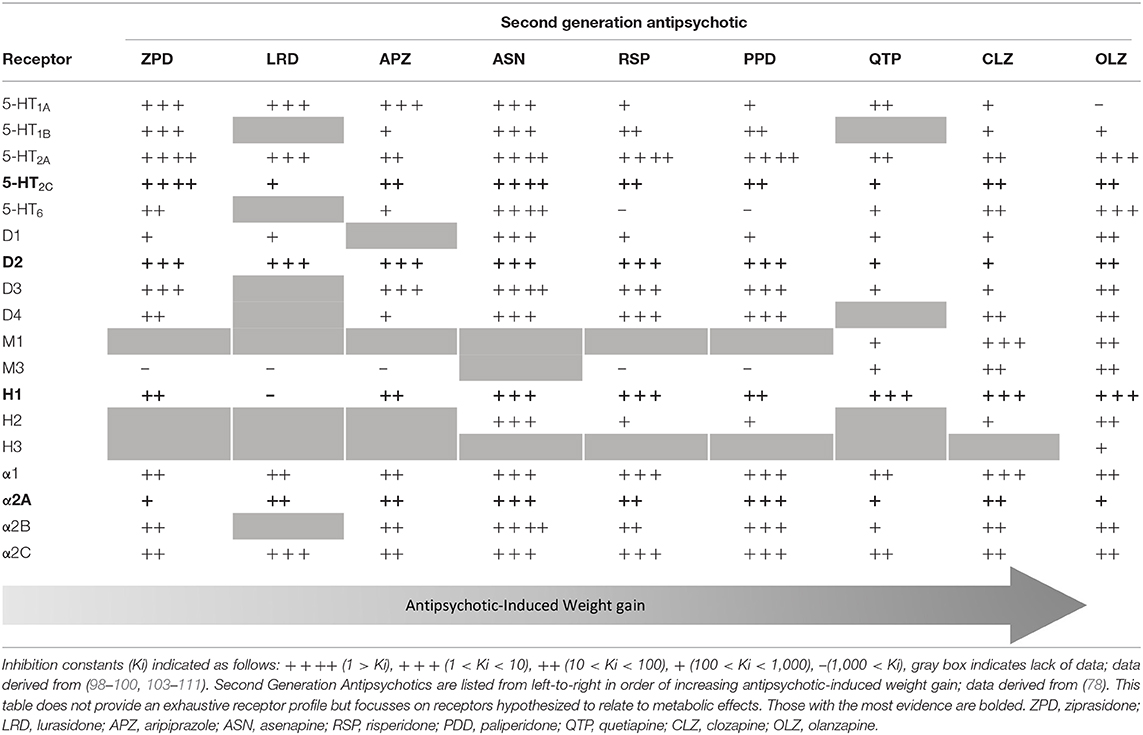
Harmonized Tariff Schedule of the U.S - HTSUS Chapter 98, Subchapter XIII, U.S.NAFTA marking rules are also used to determine the rate of duty, staging and country of origin applicable for NAFTA goods. Drawback became effective for trade between Canada and the United States on January 1, 1996, and for trade between Mexico, the United States and Canada, this program became effective on January 1, 2001.Īrticle 303 : Restriction on Drawback and Duty Referral ProgramsĪnnex 303.6 : Goods Not Subject to Article 303Īnnex 303.7 : Effective Dates for the Application of Article 303Īnnex 303.8 : Exception to Article 303(8) for Certain Color Cathode-Ray Television Picture Tubesĭrawback and Duty Deferral Programs Duty DeferralĬountry of origin marking is used to clearly indicate to the ultimate purchaser of a product where it is made. Under NAFTA, this refunded amount is the lesser of the amount of duties paid upon importation into the NAFTA territory and the total amount paid on the finished good is the NAFTA country to which it is exported. Drawbackĭrawback is a refund, reduction or waiver in whole or in part of Customs duties collected upon importation of an article or materials which are subsequently exported. However, NAFTA allows for a NAFTA claim to be made by the importer within one year from the date of importation. Generally, NAFTA claims are made at the time of importation.
#PREFERENTIAL TREATMENT RACHEL SABATINI SGA FREE#
The procedures for presenting a NAFTA claim are different in Canada, Mexico, and the United States.Īrticle 502 : Obligations Regarding Importationsġ9 CFR 181.21-.23 - Import Requirements can be found in sections 181.21 – 181.23ģ550-070 Filing and Processing Claims Under the North American Free Trade Agreement (NAFTA)Ĭertificate of Origin Post Importation NAFTA Claims The Agreement allows NAFTA claims up to one year from the date of importation. In this way, categorization based on preference can result in specific brands being thought of as distinct.A claim for preferential treatment is usually made at the time of importation on the customs document used by the importing country. These findings are particularly relevant for consumer psychology because consumers often seek out new kinds of products related to positive earlier experiences. The authors suggest that when we like something, we will spend more time thinking about it, poring over its finer details and this will result in more specific categorization.

The participants in the positive group sorted the symbols into finer, more specific categories compared to participants in the negative group. Next, the participants sorted a deck of 20 cards (each card depicting a neutral symbol they were shown earlier) into meaningful categories.Īccording to results published in Psychological Science preference by itself can influence categorization.

During the experiment, a neutral symbol was paired with either a positive (a pleasant scene), negative (an unpleasant scene) or neutral image. Roese from the University of Illinois at Urbana-Champaign wanted to examine the role of preference, not expertise, in categorization.Ī group of students were divided into two groups: positive or negative preference. Psychologists Rachel Smallman and Neal J. In addition, research has focused on expertise as being the main factor in categorization.

Previous research has indicated that positive feelings towards an item or topic result in broader, more general categorizations of it. Roese from the University of Illinois at Urbana-Champaign wanted to examine the role of preference, not expertise, in categorization. However, it is less clear how we categorize and sort all of those facts related to things that interest us. Psychologists Rachel Smallman and Neal J. It will not be long before you are being lectured on different grape varietals and schooled in the different soil compositions of neighboring vineyards.


 0 kommentar(er)
0 kommentar(er)
